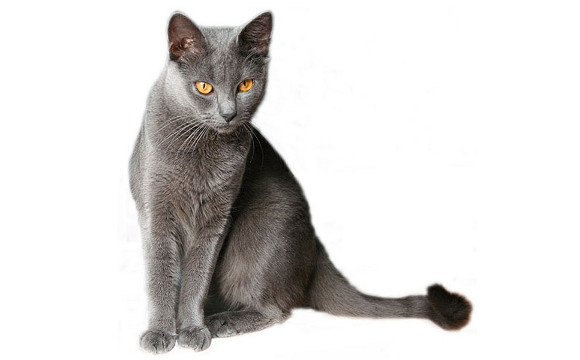Introduction
The Chartreux cat, renowned for its striking blue-gray fur and amiable personality, is a beloved breed with a rich history. Originating from France, this breed has captured the hearts of cat enthusiasts worldwide due to its unique characteristics and historical significance.
History of the Chartreux Cat
The Chartreux cat’s origins are shrouded in legend. It is said that these cats were bred by Carthusian monks at Le Grand Chartreux monastery in the French Alps. The monks, known for their craftsmanship in liqueur-making and weapon-forging, reportedly bred these cats to have quiet voices so as not to disturb their meditations. This romantic tale, although unverified, adds a layer of mystique to the breed.
The verifiable history of the Chartreux cat begins in the 16th century. In the 1700s, biologist Comte de Buffon documented the breed in his “Histoire Naturelle,” noting the Chartreux among the four primary cat breeds of Europe at the time.
Modern history sees the Chartreux breed gaining recognition in the 1920s when the Leger sisters discovered a colony of blue cats on the Brittany island of Belle-Ile. These cats closely matched the Chartreux description and were showcased in French cat shows by 1931.
World War II Impact and Recovery
World War II had a devastating impact on the Chartreux breed. To preserve the lineage, the remaining Chartreux cats were crossbred with British Shorthairs, Russian Blues, and Persians. This hybridization helped sustain the breed, though it altered its genetic purity.
The Chartreux made its way to the United States in 1970, thanks to Helen Gamon of La Jolla, California. Gamon brought a purebred Chartreux from France, which became the foundation for the North American line. The breed achieved CFA Championship status in 1987.
Characteristics and Temperament
Chartreux cats are known for their distinctive blue-gray coats, copper or gold eyes, and robust, muscular bodies. Often described as having a “smiling” expression, these cats are both charming and endearing.
- Personality: Chartreux cats are quiet, sweet, and highly affectionate. They enjoy human companionship and are known for their playful and comical nature, which they retain into adulthood. Their intelligence is notable; they quickly learn their names and can be trained to fetch and perform tricks.
- Behavior: Despite their calm demeanor, Chartreux cats have a strong hunting instinct, likely a remnant from their historical role in vermin control. They are agile and enjoy interactive play.
- Health: Generally healthy and hardy, some Chartreux lines are prone to medial patellar luxation, a condition affecting the kneecaps. Regular veterinary check-ups can help manage and mitigate this genetic issue.
Care and Maintenance
Chartreux cats have moderate grooming needs. Their dense, water-resistant fur requires regular brushing to prevent matting and reduce shedding. Given their playful nature, providing toys and engaging activities is essential for their mental and physical well-being.
- Diet: A balanced diet is crucial for maintaining the Chartreux’s health. High-quality cat food, rich in proteins and essential nutrients, supports their active lifestyle and robust physique.
- Exercise: Regular play sessions are vital. Chartreux cats enjoy fetch, climbing, and interactive toys that stimulate their hunting instincts.
Chartreux in Families
Chartreux cats make excellent family pets. Their affectionate and gentle nature makes them great companions for children and other pets. They adapt well to various living environments, whether a bustling household or a quieter setting.
Conclusion
The Chartreux cat breed, with its storied past and delightful personality, continues to be a cherished companion for many. Their unique combination of intelligence, affection, and playful demeanor makes them a perfect addition to any cat-loving home. By understanding their history, characteristics, and care needs, owners can ensure a fulfilling and healthy life for their Chartreux companions.
For more information on the Chartreux cat breed and other feline-related topics, visit Cat Place.

